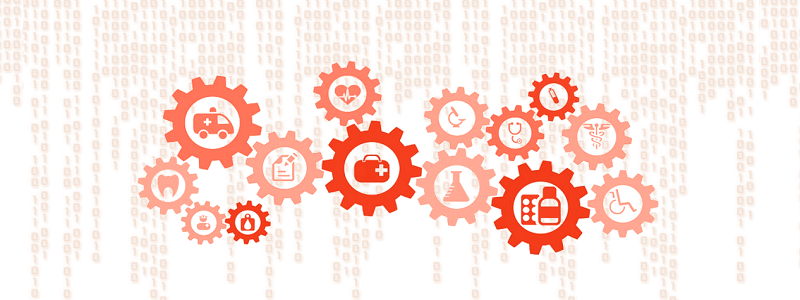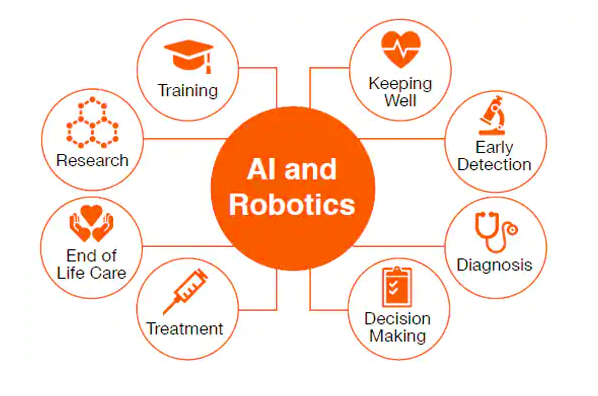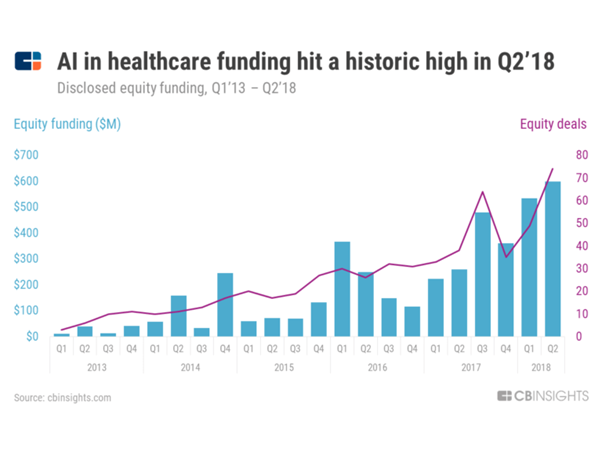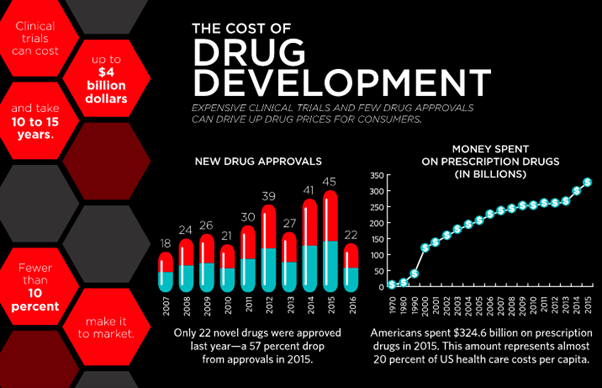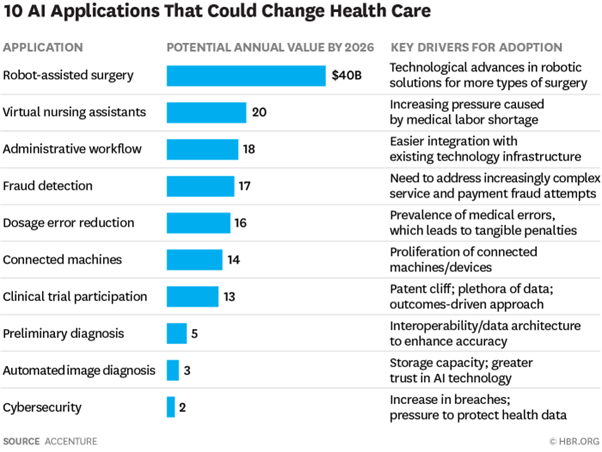Machen Sie mehr aus Ihrem Prozessmanagement
Jedes neue Unternehmen steht vor den Fragen: Haben wir das richtige Produkt/den richtigen Marktansatz? Funktioniert das Geschäftsmodell? Haben wir genug Liquidität? In der Regel konzentrieren sich neu gegründete Unternehmen auf das Überleben und verschieben alles, was für dieses Ziel zunächst nicht unmittelbar relevant ist, auf einen späteren Zeitpunkt.
Scaling up your Process Management
Die meisten Unternehmen stellen jedoch schnell fest, dass ihr Überleben vor allem davon abhängt, ob sie ihren Kunden innovative Produkte und effiziente Dienstleistungen anbieten können. Infolgedessen rückt die Arbeitsweise des Unternehmens in den Fokus, denn Manager und Mitarbeiter möchten auf effiziente Weise gute Ergebnisse erzielen. Der schnellste Weg zum Ziel: Effiziente Prozesse.
Das Festlegen von Rollen und Verantwortlichkeiten führt dazu, dass Arbeitsabläufe im Unternehmen optimiert werden und Mitarbeiter ihre Aufgaben reibungsloser und schneller erledigen können.
Unternehmenswachstum mit Prozessmanagement
Jedes Unternehmen will sich schnell am Markt etablieren, das eigene Wachstum vorantreiben und neue Kunden gewinnen. Auch mit diesem Ziel vor Augen ist es nicht immer leicht, effiziente Prozesse zu gestalten. Nehmen Sie zum Beispiel die Rekrutierung und das Onboarding neuer Mitarbeiter.
Einstellungsprozesse auf Ad-hoc-Basis können für ein Start-up funktionieren, nicht aber unbedingt für ein wachstumsorientiertes, mittelständisches Unternehmen. Hier müssen immer mehr Mitarbeiter in kürzerer Zeit eingearbeitet werden. Abteilungsleiter müssen sicherstellen, dass sie über die richtigen Informationen für ihre Arbeit verfügen. Die Lösung ist ein dokumentierter, skalierbarer und wiederholbarer Prozess, der unabhängig vom Standort oder der zu besetzenden Funktion beliebig oft ausgeführt werden kann.
Wenn neue Mitarbeiter eingestellt werden, müssen sie wissen, wie sie ihre Aufgaben künftig erledigen müssen. Auch hier führt ein klar definierter Prozess dazu, dass die notwendigen Abläufe, Rollen und Dokumente bekannt und zugänglich sind – und das alles über Standortgrenzen hinweg. Unternehmenswachstum bedeutet auch, dass sich immer mehr Personen mit ihren Fähigkeiten und Ideen einbringen.
Kollaboratives Prozessmanagement
Führungskräfte sollten auf das kollektive Know-how ihrer Mitarbeiter setzen und ihnen die Möglichkeit zu geben, zur Verbesserung der Arbeitsweise des Unternehmens beizutragen. In einem Unternehmen mit einem effektiven Rahmen zur Prozessmodellierung bedeutet dies, dass alle Mitarbeiter Prozesse selbst entwerfen und modellieren können.
Dass die Modellierung von Geschäftsprozessen in den Aufgabenbereich des Managements oder bestimmter Experten gehört, –ist eine überholte Sichtweise. Niemand möchte auf das wertvolle Wissen des Einzelnen verzichten: Denn je mehr Erkenntnisse über einen Prozess vorliegen, desto effizienter lassen sich die Prozesse modellieren und optimieren. Unternehmen, die auf die Nutzung einer gemeinsamen Informationsquelle für ihre Prozesse setzen, können eine kollaborative und transparente Arbeitsumgebung aufbauen. Dies führt nicht nur zu zufriedenen Mitarbeitern, sondern auch zu effizienteren Arbeitsabläufen und besseren Unternehmensergebnissen.
Das kollaborative Prozessmanagement hilft wachsenden Unternehmen dabei, ineffiziente Abläufe, wie zeitaufwändigen E-Mail-Verkehr oder das Suchen nach der neuesten Dokumentenversion und andere Wachstumsbremsen zu vermeiden.
Stattdessen können Prozessinhalte jederzeit von allen Mitarbeitern erstellt und freigegeben werden. Auf diese Weise werden die digitalen und cloudbasierten Strategien eines Unternehmens vorangetrieben, Analysen verbessert, Prozesse optimiert und Business-Transformation-Initiativen unterstützt. Kurz gesagt: Eine derartige Prozesstransparenz kann als Basis für die nächste Wachstumsphase eines Unternehmens genutzt werden.
Sie möchten gern weitere Informationen über eine erfolgreiche Unternehmenstransformation erhalten? Gern stellen wir Ihnen unser Whitepaper In 7 Schritten zur Unternehmenstransformation kostenlos zur Verfügung.











 Dr. Andreas Warntjen arbeitet seit Juli 2016 bei der Thalia Bücher GmbH, aktuell als Senior Manager Advanced and Predictive Analytics. Davor hat Herr Dr. Warntjen viele Jahre als Sozialwissenschaftler an ausländischen Universitäten geforscht. Er hat selbst langjährige Erfahrung in der statistischen Datenanalyse mit Stata, SPSS und R und arbeitet im Moment mit der in-memory Datenbank SAP HANA sowie Python und SAP’s Automated Predictive Library (APL).
Dr. Andreas Warntjen arbeitet seit Juli 2016 bei der Thalia Bücher GmbH, aktuell als Senior Manager Advanced and Predictive Analytics. Davor hat Herr Dr. Warntjen viele Jahre als Sozialwissenschaftler an ausländischen Universitäten geforscht. Er hat selbst langjährige Erfahrung in der statistischen Datenanalyse mit Stata, SPSS und R und arbeitet im Moment mit der in-memory Datenbank SAP HANA sowie Python und SAP’s Automated Predictive Library (APL). 